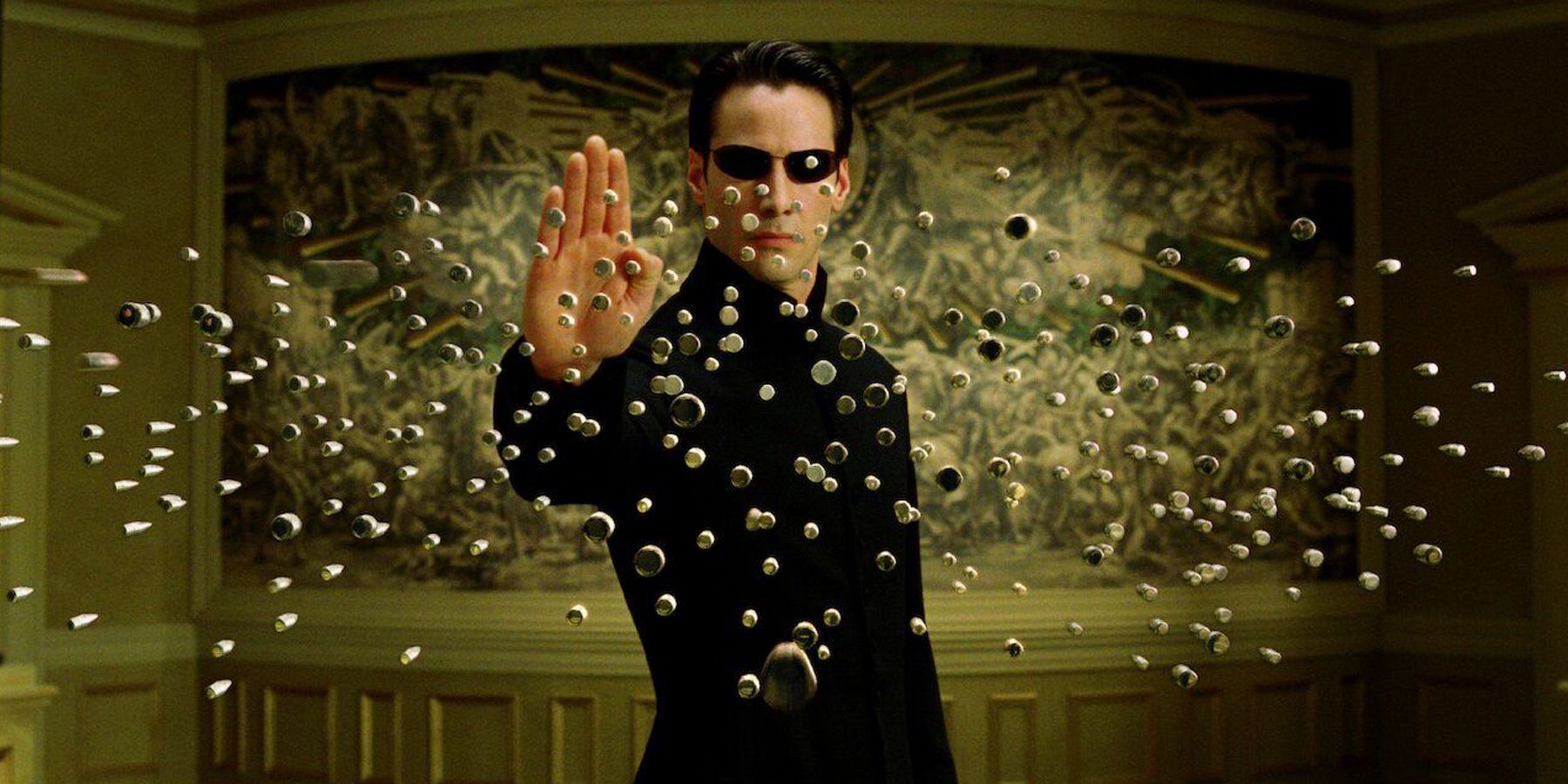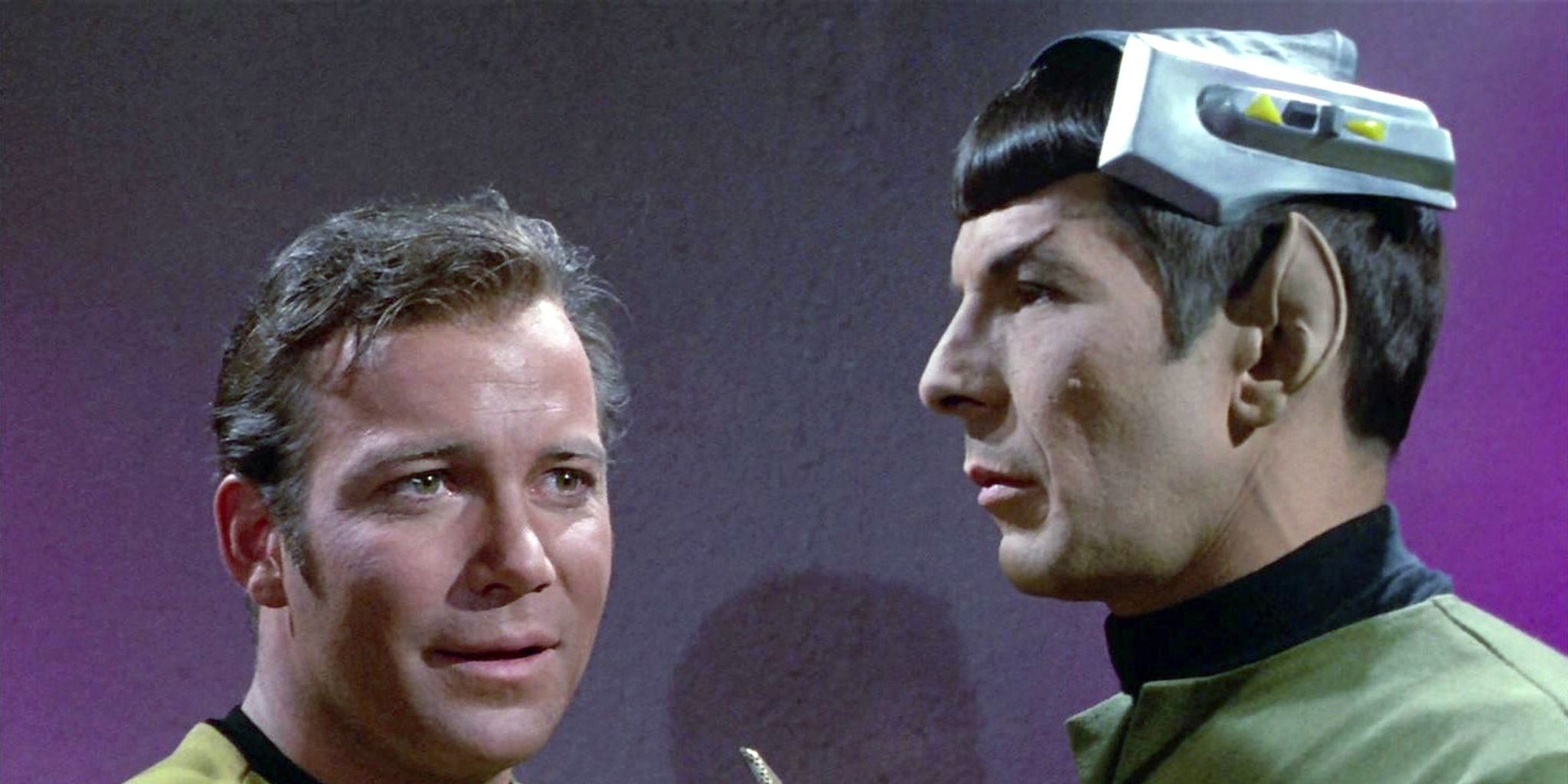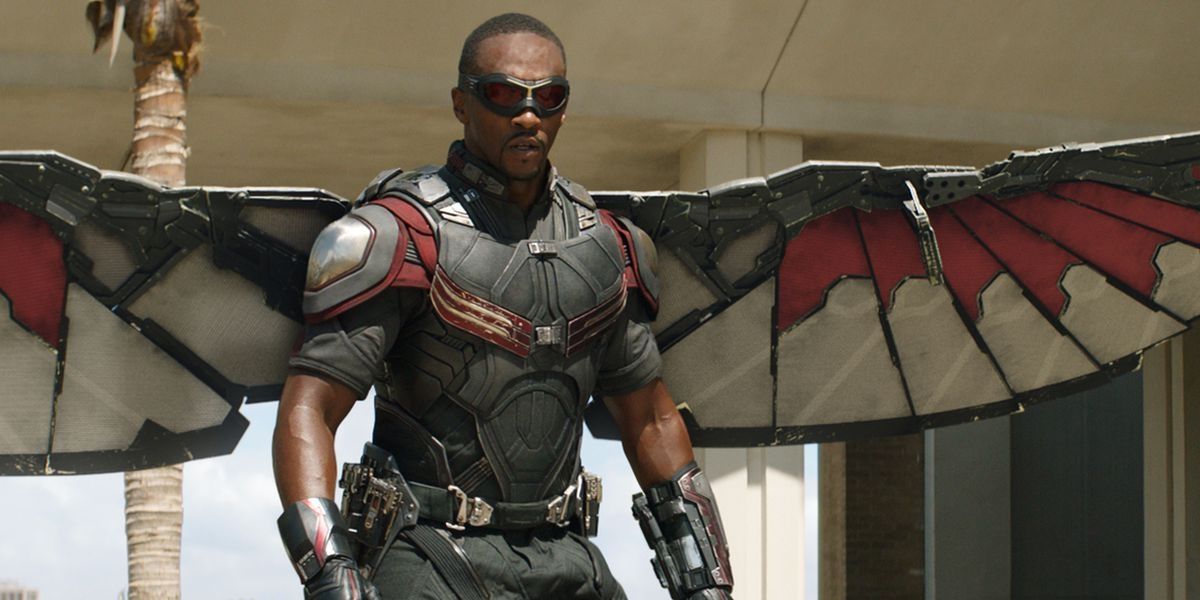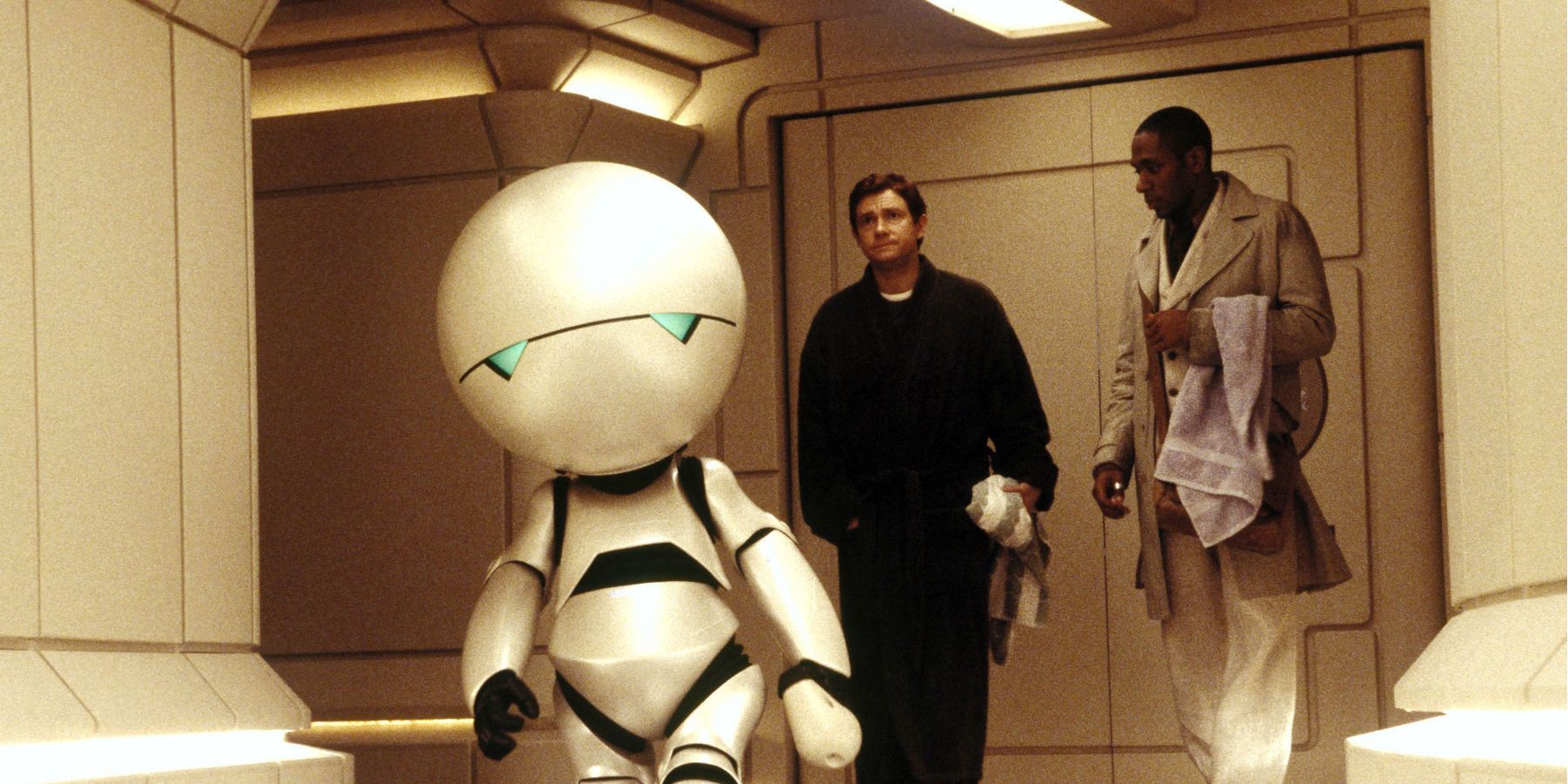Science fiction is one of the most popular movie and TV genres because it allows the audience to imagine what could be. It also allows the directors and writers to create a world in which nothing is impossible. Some sci-fi stories have a strong basis in reality or even managed to influence actual science and helped develop useful inventions.
However, that's not always the case. While the so-called hard sci-fi does its best to be scientifically accurate, there are sci-fi shows and movies where the technology makes no sense. Fortunately for the viewers, that doesn't make them any less enjoyable and worth thinking about than their more realistic counterparts.
5 Jurassic Park (1993)
While many fans of the iconic Steven Spielberg movie Jurassic Park dream about seeing dinosaurs with their own eyes, it wouldn't work in real life. Simply because the last dinosaurs died out more than 65 million years ago and scientists in New Zealand discovered that the oldest DNA samples that could be used to clone living creatures can be two million years old at best.
In other words, it'd be impossible to recreate a single dinosaur based on a DNA sample, let alone so many dinosaur species the fans got to see in Jurassic Park and the subsequent movies. Some animals are the descendants of dinosaurs, but actual dinosaurs are unlikely to make a reappearance thanks to cloning, no matter what the science fiction series would like the audience to believe.
4 The Matrix (1999)
It's a known fact nowadays but back in 1999 when The Matrix premiered, both Keanu Reeves' action hero Neo and the viewers were surprised by the realization that humanity was serving as live batteries in the movie. While on paper this might look like an effective power source, it's doubtful whether it would work as well. The problem here is that the human body doesn't produce all that much electricity or even heat.
Human bodies aren't very effective at regulating their temperature, which is why people can easily die if they end up in too hot or too cold environments. That's glaringly obvious, especially if scientists compare animals who are sometimes able to overcome challenging weather conditions to humans. As such, the machines in The Matrix would have done better if they had come up with an alternative power source.
3 Star Trek
Star Trek offered realistic technologies and sometimes even inspired real-world inventions and technologies, such as mobile phones. However, the technology in the series didn't always make sense. For example, in the episode Spock's Brain, universally seen as one of the worst episodes in Star Trek: The Original Series, Spock's brain is taken out of his body.
Yet, even then, Spock survives long enough for the crew to get his brain back and in a nonsensical scene, he ends up telling doctor McCoy how to put his brain into his own head! It's not the only occasion when Star Trek stretches the technological and scientific credibility of its world, but it's one of the most obvious.
2 The MCU
Regardless of its popularity, the MCU offers several examples of technologies that don't quite make sense or at the very least aren't very practical. For example, Falcon's wings allow him only limited mobility and since he doesn't have superhuman fast reflexes like Steve Rogers, they're too dependent on his ability to avoid incoming bullets and missiles. It would be more practical for Falcon to have technology akin to Iron Man's or War Machine's armor.
Of course, Falcon doesn't initially have access to such technologically advanced machinery, but after Captain America befriends Black Panther, one of the richest superheroes who also has a brilliant inventor sister, Shuri could have easily made a more suitable suit of armor for one of Captain America's best friends - just like they gave Bucky Barnes a new, improved arm.
1 The Hitchhiker's Guide To The Galaxy
To be fair to The Hitchhiker's Guide to the Galaxy, it functions as a science fiction comedy slash parody so the technology in it isn't supposed to make sense. The books, the 1980s sci-fi series, as well as the 2005 movie with Martin Freeman in the leading role, work with multiple nonsensical technologies, but one that stands out from the rest is the infinite improbability drive. The drive is supposed to have the power to pass through every point in every universe at the same time.
In other words, it defies probability and has no scientific base since no type of drive or a spaceship functions in this way, can't be at multiple places at the same time. Even the spore drive in Star Trek: Discovery that allows for a unique form of space travel means the crew still has to get the ship from point A to point B, and they only do it faster than other ships, not by being both in point A and in point B at the same moment.

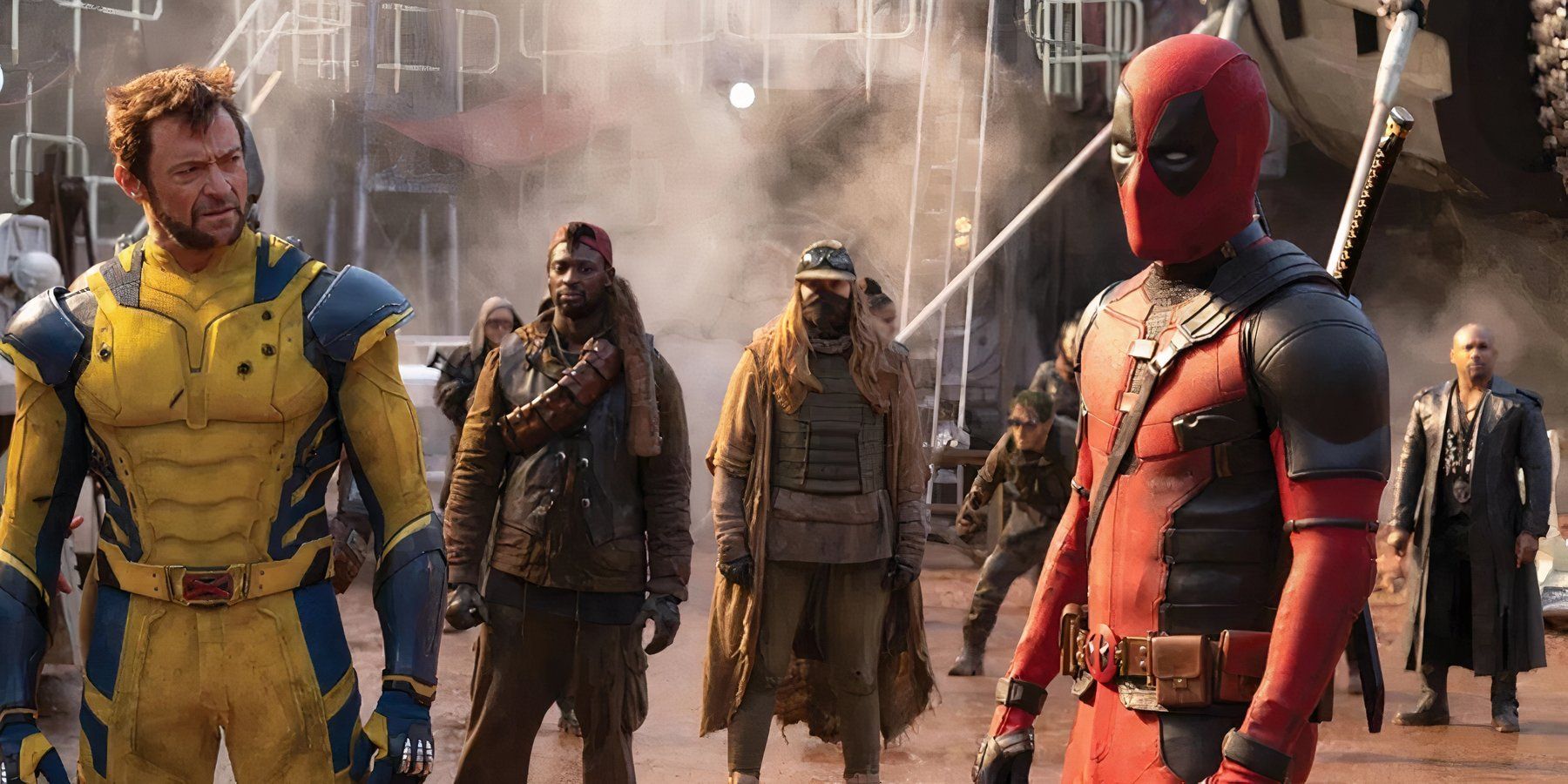
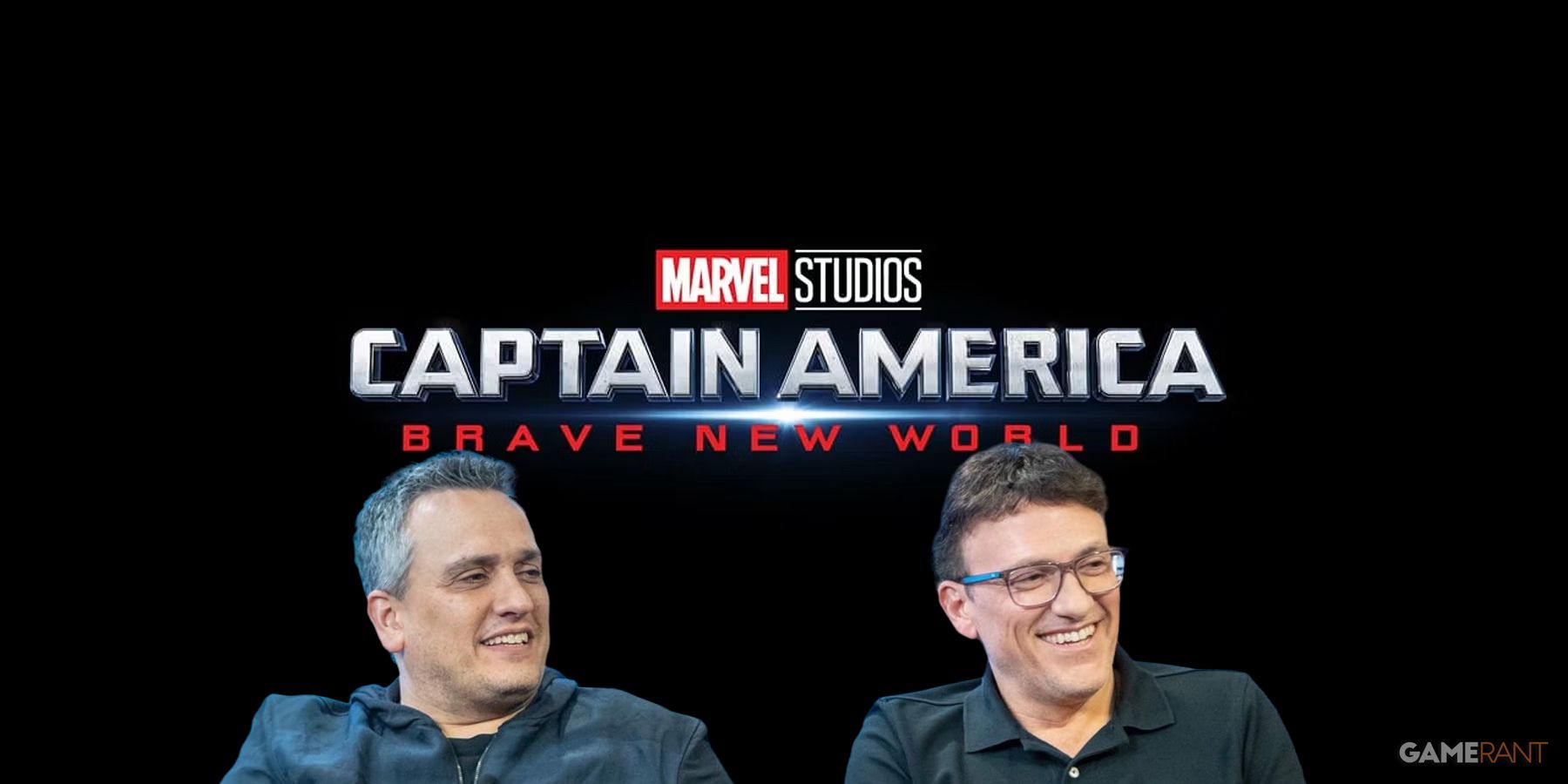

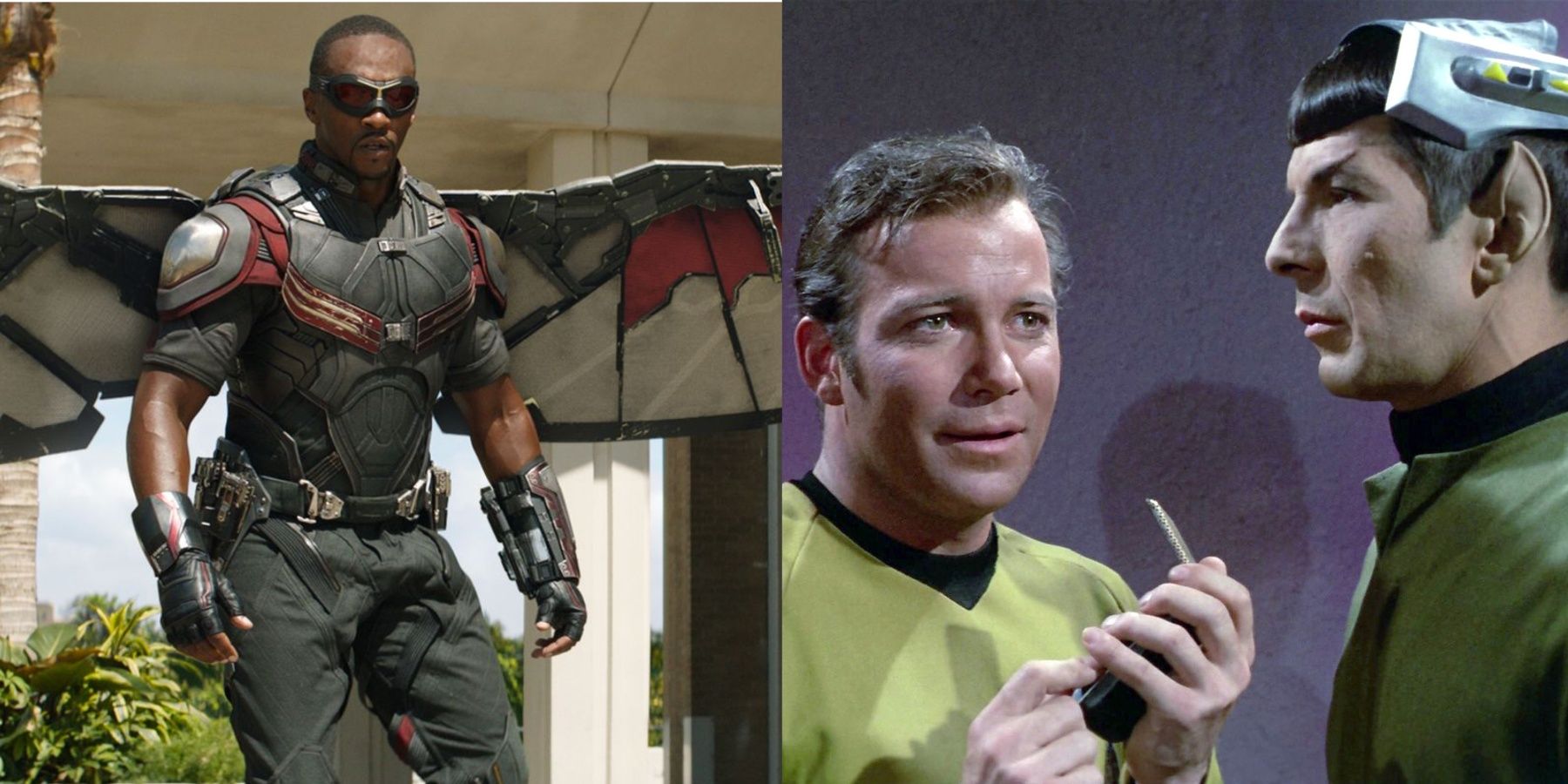
.jpg)
